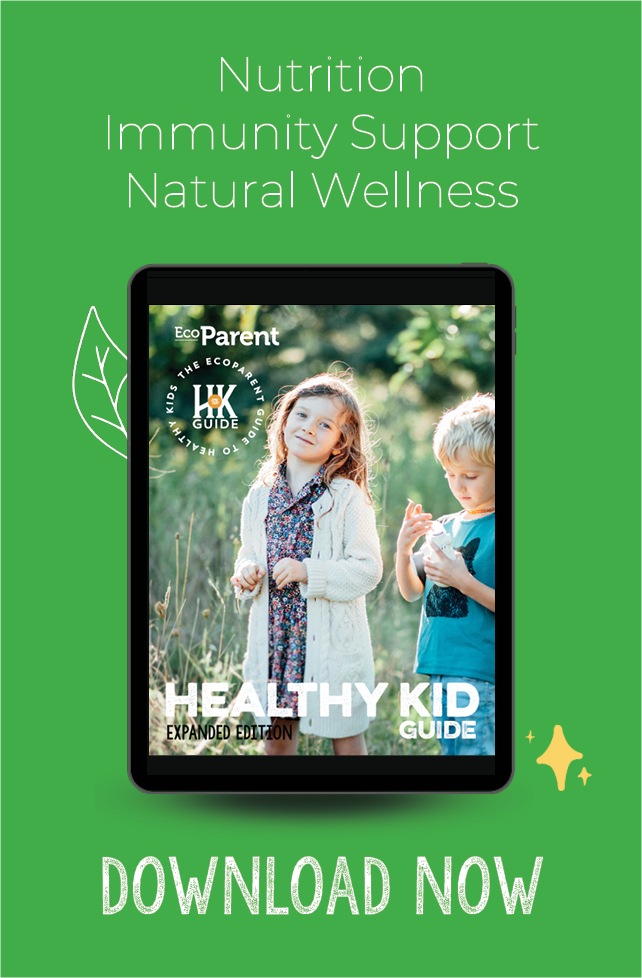Watching our children grapple with tummy upset, especially in the case of irritable bowel syndrome (IBS), can be both challenging and disheartening. The presence of discomfort characterised by symptoms like bloating, cramps, and urgent trips to the bathroom can significantly disrupt their daily routines. From figuring out those tricky food triggers to making sure our little ones get all the vital nutrients they need to thrive, let's dive into dietary considerations that can make a difference in managing symptoms related to IBS.
LOW-FODMAP DIET
Deciphering your child's tummy troubles and pinpointing the foods that exacerbate their symptoms can sometimes be puzzling. One strategy to consider is the low-FODMAP (Fermentable Oligosaccharides, Disaccharides, Monosaccharides, and Polyols) diet. It aims to reduce the intake of certain types of carbohydrates that are known to trigger symptoms in individuals with IBS.
FODMAPs are short-chain carbohydrates that are sometimes poorly absorbed in the intestines. When they reach the intestines they can ferment—leading to symptoms like gas, bloating, and those not-so-fun bathroom runs. Common high-FODMAP foods include onions, garlic, broccoli, apples, and certain dairy products.
The low-FODMAP diet focuses on replacing these short-chain carb foods with alternatives. This can involve choosing foods like rice, potatoes, carrots, and lactose-free dairy products which are less likely to trigger symptoms.
The diet typically involves an initial elimination phase during which high-FODMAP foods are avoided. After symptom improvement is observed, specific FODMAP groups are systematically reintroduced to identify which ones may be problematic for the individual. This phase can help create a personalized diet plan tailored to your child's specific triggers.
For guidance on the low-FODMAP diet, Australia’s Monash University is an excellent starting point. Their researchers pioneered this diet to assist individuals in managing IBS symptoms. However, implementing the diet for a child with IBS is best done under the guidance of a healthcare professional or a registered dietitian with expertise in gastrointestinal disorders. These specialists can ensure that the diet stays nutritious, balanced, and well-suited to your child's age and stage of growth.
OTHER DIETARY APPROACHES
While the low-FODMAP diet can be highly effective for many children with IBS, it's not the only dietary approach available. Depending on the child's specific symptoms and triggers, alternative dietary strategies may also be considered:
Gluten-Free Diet: Some children with IBS may experience symptom relief with a gluten-free diet, especially if they have concurrent gluten sensitivity or celiac disease. Gluten-free grains include rice, quinoa, corn, and gluten-free oats.
Lactose-Free Diet: Lactose intolerance is common in individuals with IBS. In such cases, avoiding dairy products containing lactose can alleviate symptoms including abdominal pain and diarrhea. Foods that are dairy- and lactose-free such as oat and almond milk, non-dairy cheese, and probiotic yogurt are good options.
Fibre Modifications: Depending on whether a child's symptoms lean more towards diarrhea or constipation, adjusting dietary fibre intake may be beneficial. For example, increasing soluble fibre found in foods like bananas, apples, and oats can help with diarrhea, while insoluble fibre found in whole grains, vegetables, and chia seeds may relieve constipation.
Specific Food Eliminations: Some children may have specific food triggers that aren't related to FODMAPs, gluten, or lactose. Identifying and eliminating these trigger foods from their diet can be effective in managing IBS symptoms. Keeping a detailed food diary can be invaluable in pinpointing trigger foods and tracking symptom patterns.
6 STRATEGIES FOR IBS SUCCESS
- Get creative: Explore creative food substitutions that allow your child to enjoy their favourite dishes without triggering symptoms. For example, using lactose-free milk or plant-based alternatives instead of regular dairy products.
- Read Labels: Teach your child and family members how to read food labels effectively to identify potential triggering ingredients, including high-FODMAP foods or hidden sources of gluten.
- Snack Ideas: Discover healthy and IBS-friendly snack ideas to keep your child satisfied between meals. Options such as rice cakes with peanut butter, yogurt alternatives, or fresh fruit can be both nutritious and gentle on the digestive system.
- Communication: Foster open communication with your child about nutrition; chat with them about their food preferences, how different foods impact how they feel, and why it's important for their health. Share insights with friends and teachers so they can support your child too.
- Gradual Changes: Introduce dietary changes gradually to let your child's tummy adjust. Sudden shifts can be unsettling and may lead to resistance.
- Family Involvement: Often, involving the entire family in dietary changes can cultivate a supportive and understanding atmosphere. Collectively participating in meal planning—and eating the same meals together—not only eases the transition for the child with IBS, but it can also promote healthier eating habits for the entire family.
It's important to note that there isn't a one-size-fits-all diet solution to resolve IBS in kids. Figuring out a suitable diet plan is a process that requires time and consideration, tailored to your child's needs and preferences. By gaining an understanding of the specific foods that trigger discomfort and symptoms in your child with IBS, and by applying practical dietary strategies, parents and caregivers can provide their little ones with a sense of control and empowerment over their digestive well-being.






